ITO Thailand Hygiene Blog
-
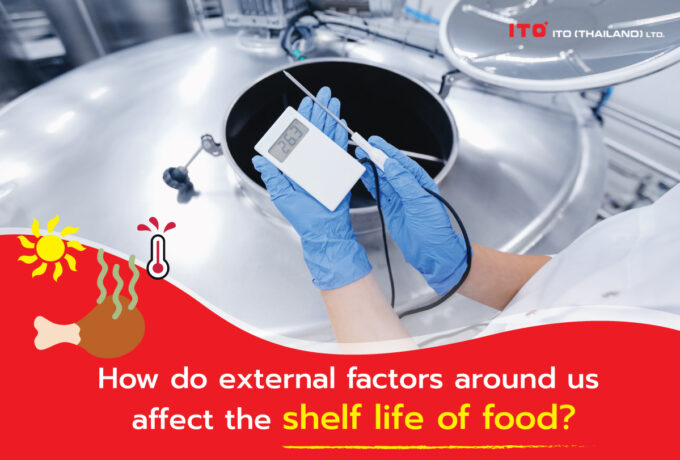
Factors affecting the shelf life of food (Part 2: External/Environmental factors)
In addition to the internal factors, there are also external factors or environmental factors that affect the rate of food deterioration or the rate of chemical reactions in food as well. Therefore, the storage conditions must also be specified when labeling food shelf life because the food will have a specified shelf life only when stored under specified conditions. If food is stored under other conditions, food deterioration may occur more quickly and it can spoil the food before the time specified on the label.
-
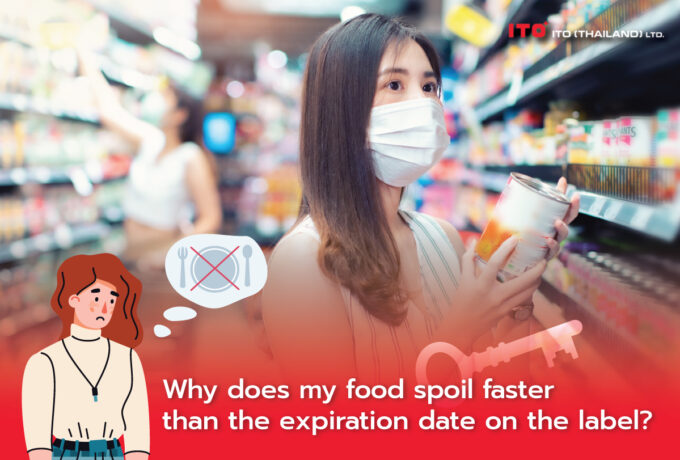
Factors affecting the shelf life of food (Part 1: Internal factors)
What does the shelf life of food depend on? Why does my food spoil faster than the expiration date on the label?
-
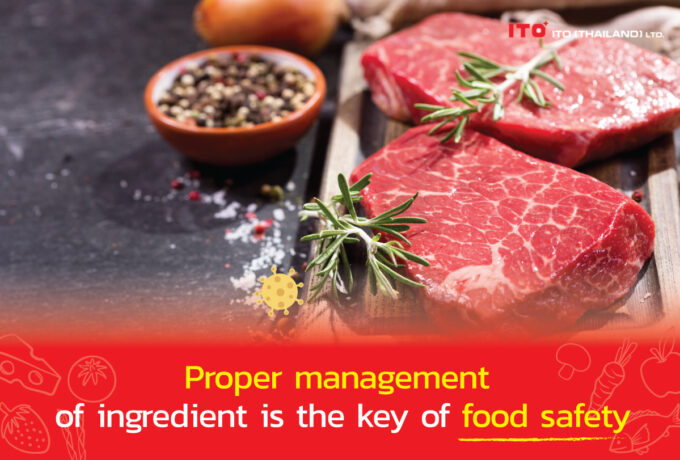
Raw Material Management (Meat products)
It is undeniable that good food often comes from good and high-quality ingredients. However, the word ‘good’ does not have to be expensive or luxurious in any way but refers to raw materials that are fresh, free from contaminants, have nutrients, and are beneficial to the body.
-
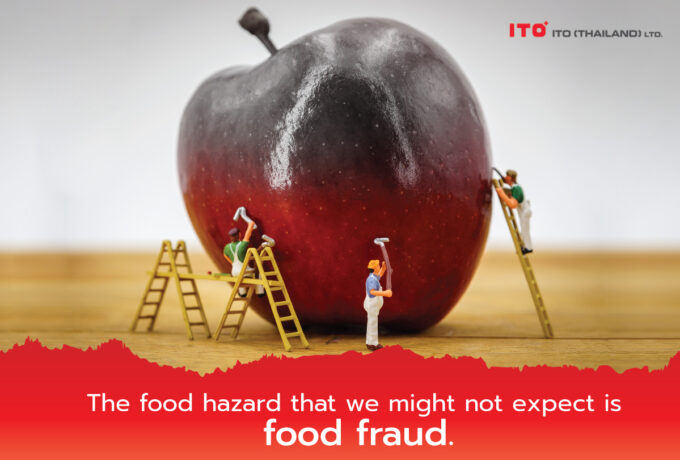
Food fraud
It is undeniable that food safety is an important aspect that we cannot ignore. Previously, we have talked about food defense and another food hazard that we cannot ignore is food fraud.
-
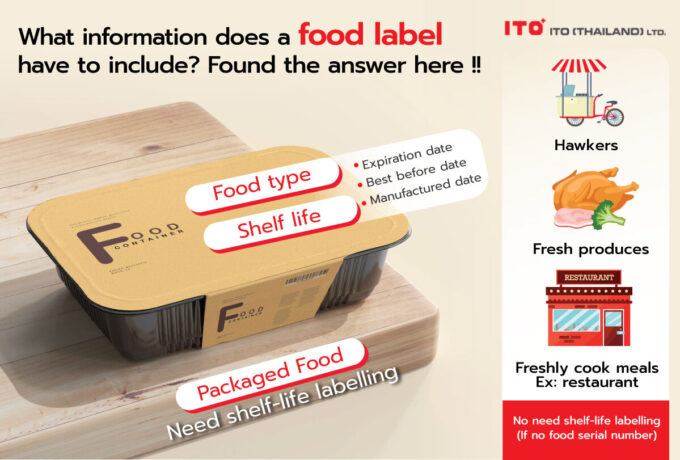
The shelf life of food on the label
Have you ever wondered? When it comes to shelf-life information on the label, some are indicated by the expiration date (EXP), some are indicated by the Manufacturing date (MFG), or some are indicated by the Best Before (BB/BBE). What is the difference between these types of food label? As a manufacturer, what kind of product and what kind of shelf life must be specified? As a consumer, what can this information tell us?
-
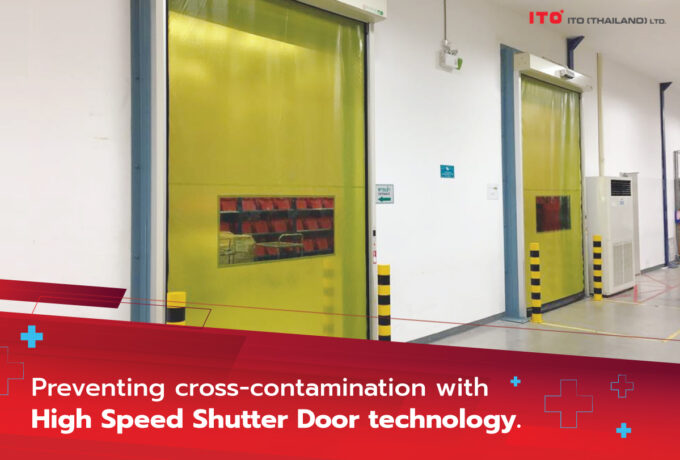
High Speed Door: Prevent Contamination with Technology
One of the critical points of environmental contamination, whether it is dust, insects, pests, dirt, allergens or microorganisms, is the entrance area, which is the connection point to the external environment. When the door stays open while the employee walks in and out, it has a chance to let foreign matter and dirt slip into the production area, which can result in food safety issues.
-
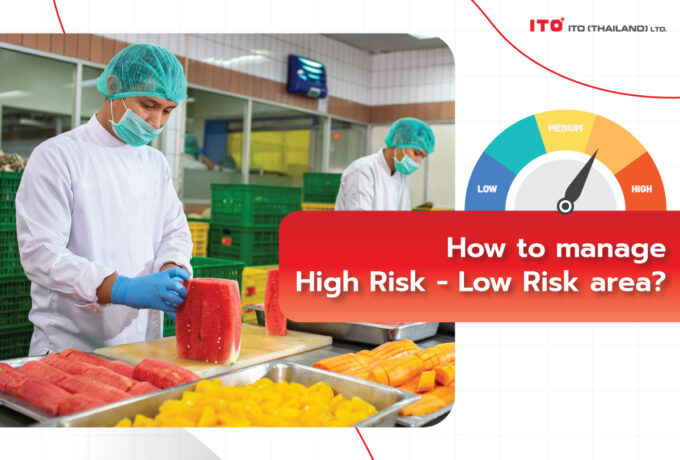
Area Risk Assessment
Area risk assessment is an inevitable standardization activity because the management of high-risk and low-risk areas has different issues and different priorities. Today ITO Thailand has summarized the risk assessment in accordance with BRC Issue 8 [1], which is useful for using as a guideline for risk assessment of food production areas. And in the BRC standard, the risk of food area according to the purpose of use and the level of risk is as follows:
-
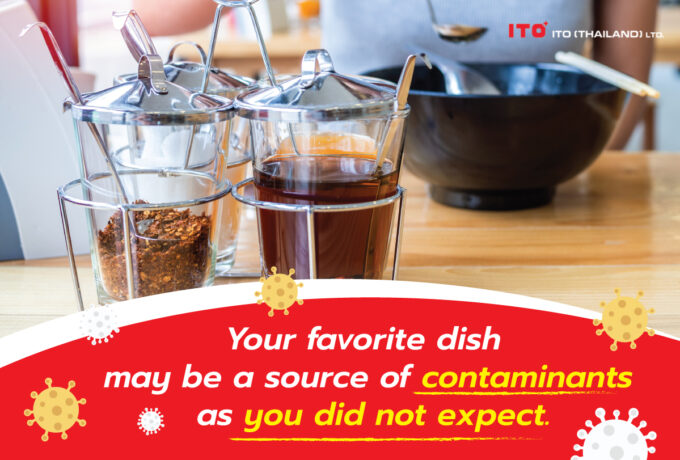
Contamination and food poisoning
Your favorite dish may be a source of chemicals and contaminants including various microorganisms as you did not expect.
-
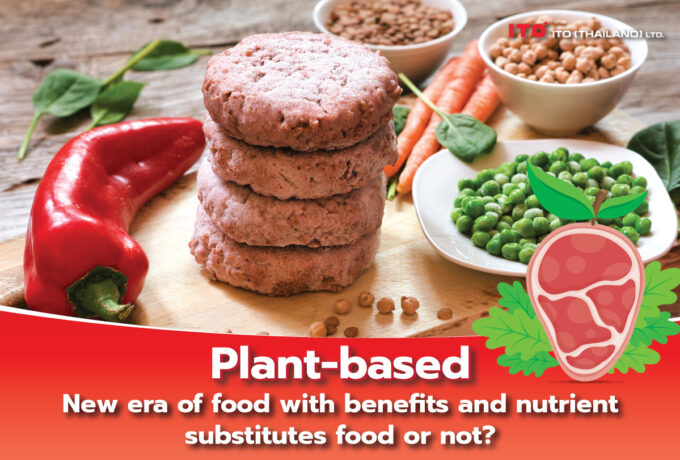
Plant-based food
Recently, we may hear the word “Plant-based” more than we did in the past years, which is not only popular in Thailand, but plant-based products are also popular all over the world. In this article, we will find out the answers: What exactly is it? What is it made of? What is its nutritional value? And is it true that they can replace various kinds of benefits ?0
-
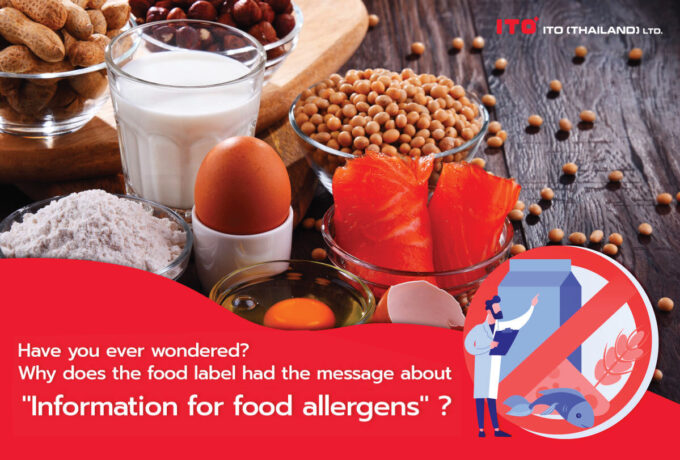
Allergens
Have you ever wondered why sometimes food label is labeled as “There is a mixture of…” or “There may be a mixture of…”. What is it? How are they different? How is it important? Why is it indicated on food label? Today let's learn about this.
-

IoT (Internet of Things) and Food Industry
We may have ever heard IoT (Internet of Things) technology or creation of an online network connecting multiple devices for various purposes, such as environmental awareness, data storage, data exchange and remote command, etc., that IoT technology has come to play a role in the modern food industry in order to facilitate, mitigate risks, reduce work processes, enhance work efficiency of the entire supply chain starting from the agricultural sector, raw material harvesting, transportation, production, food warehousing to retail sales to consumers. This is considered as a revolution of food industry into the 4.0 era to be more efficient, reduce risks and errors including creating many food business opportunities
-
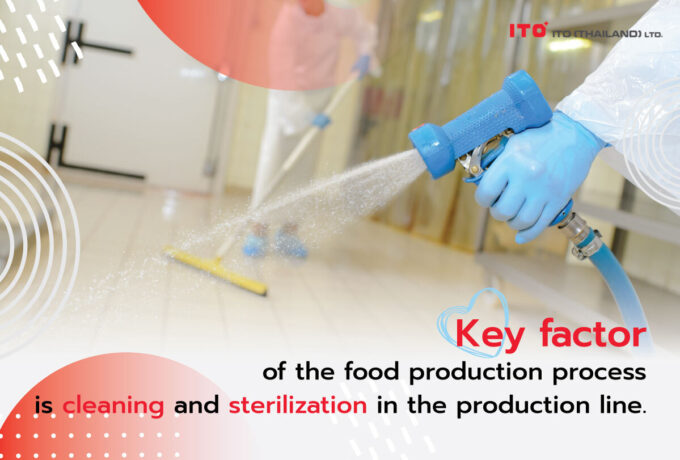
Cleaning and disinfection in food production lines
Cleaning and disinfection are the extremely important procedures in the food production process. If the cleaning and disinfection are incomplete, improper or careless, microorganisms can be accumulated on the surfaces used in food production resulting to be mixed with food products. These microorganisms can cause unacceptable quality of food product such as abnormal colour, abnormal odour and taste, abnormal appearance or may become a pathogen harmful to human beings; for example, food poisoning or the microbes themselves may produce toxins harmful to human beings.







